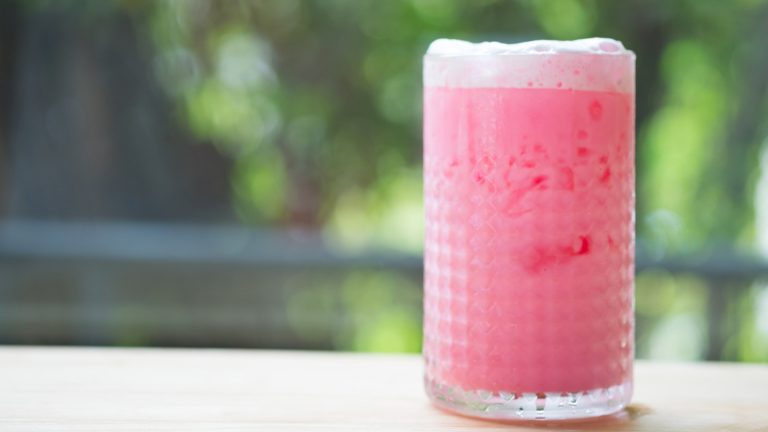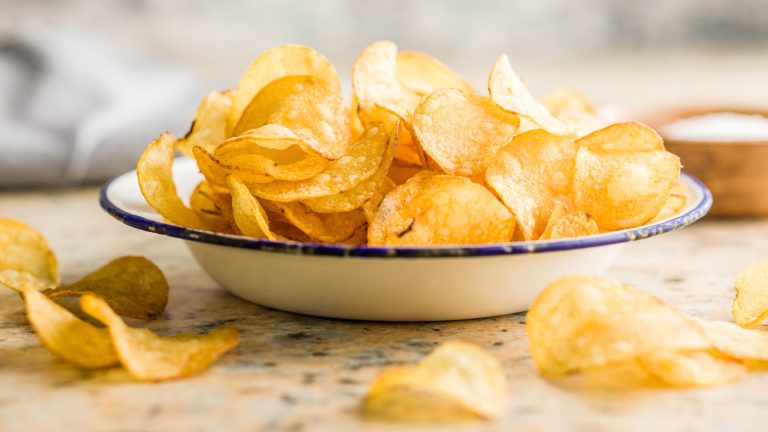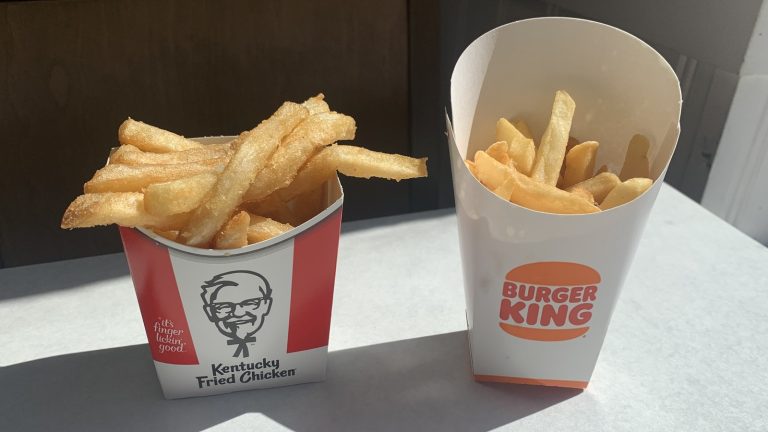There are several bourbon myths that can be debunked, but the “bourbon neck pour” is one that is fiercely debated between bourbon experts. Some insist the neck pour has no scientific basis and is more about the psychology of the drinker. Others believe that when the bottle is freshly cracked open, the whiskey in the bottle neck doesn’t taste as satisfying since it hasn’t had time to open up when exposed to air. We consulted with Chris Walster, whiskey connoisseur at The Cask Connoisseur, for his take on the controversial neck pour. “The diversity of opinion is down to whether the whiskey tastes better when first poured or more suitable after it has time to oxide (otherwise known as breathe), which assists in opening and rounding the flavors,” he explains.
As Walster notes, when whiskey is bottled at a distillery, it’s sealed airtight, which prevents oxidation — a chemical reaction that can change the taste of the whiskey when exposed to air — from occurring. “Sometimes you will find that a whiskey, when first opened, is not to your liking,” Walster continues, “but when given the chance to ‘breathe,’ it will open up and taste better. This is particularly relevant to longer-aged whiskeys, similar to how you will leave a good bottle of wine to breathe before drinking.” Thus, that first pour (the bourbon in the bottle’s neck) may be a disappointment, especially if it’s one of the best bourbon brands you’re trying for the first time.
Is oxidation really the culprit?
Not all whiskey experts are quick to jump on the oxidation bandwagon. Some argue that whiskey has had plenty of time to oxidize when aging in a wood barrel, so it hasn’t changed all that much at the time of bottling. The neck pour myth also somewhat denigrates experienced distillers who would never allow a flawed whiskey to be bottled. Walster defends distillers’ skill by debunking the idea that the whiskey may not have been mixed properly, resulting in a more concentrated bourbon. “This is scientifically unlikely,” Walster notes, “unless the bottle has been stored improperly.” Though there’s a substantial difference between bourbon and whiskey, both should never be stored on their side as you might store wine.
Another theory as to why a bourbon’s flavor changes after the bottle is opened has to do with the taster’s palate. Any whiskey can taste harsh at the first sip until your mouth gets used to it. Walster believes that bourbon’s taste can seem to change after a few pours. “The easiest way to experience this is if you drink a high-strength whiskey,” he says. “The first sip can be overwhelming because of the alcohol content, but as you sip away, that soon dies off.” Walster concedes that a neck pour can potentially taste different, but it’s not a general rule of thumb, which is why he advocates always checking that the seal is airtight before storing the bottle.






